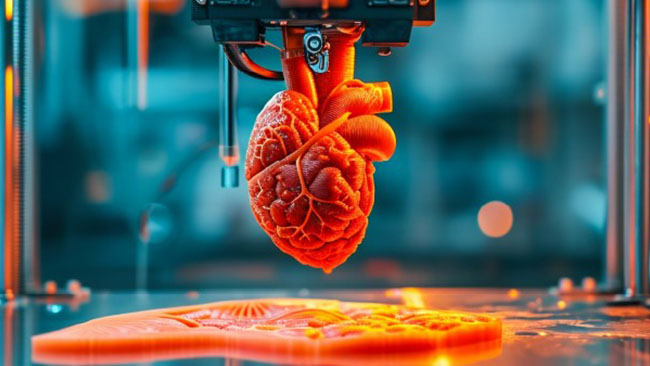
The human body, with its intricate complexity, outshines even the most advanced feats of engineering.
Visitors to our marquee were able to meet our biomedical engineering experts to explore Mediscan, a transparent, 3D-printed, life-sized arterial system, complete with a heart and arteries extending to the head, arms, kidneys, and legs.
On loan from the University of Galway, this remarkable display included a pulsatile pump to simulate the beating heart and blood flow dynamics, providing a breath-taking glimpse into the wonders of human anatomy.
It helps medics with their training by affording a visualisation of both how blood circulates as well as the environment in which stents need to work. The body is used for education and training to illustrate the process of installing heart stents into the human body.